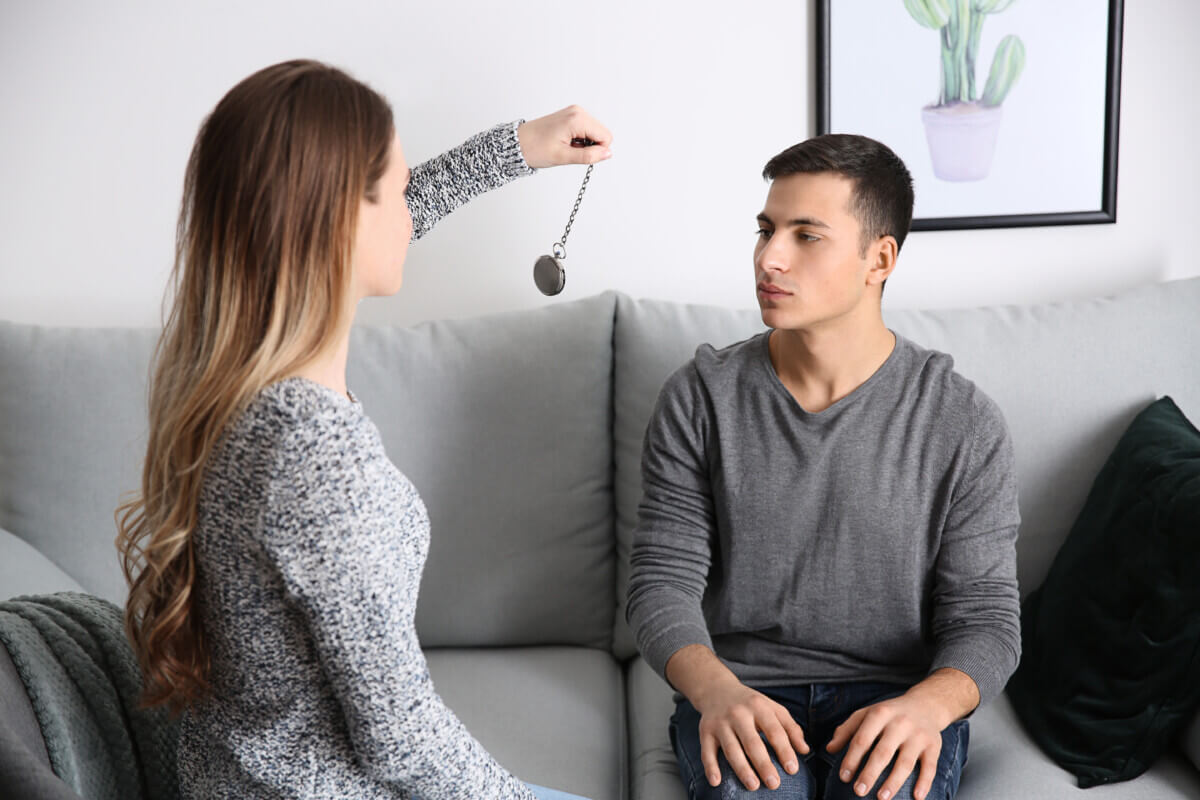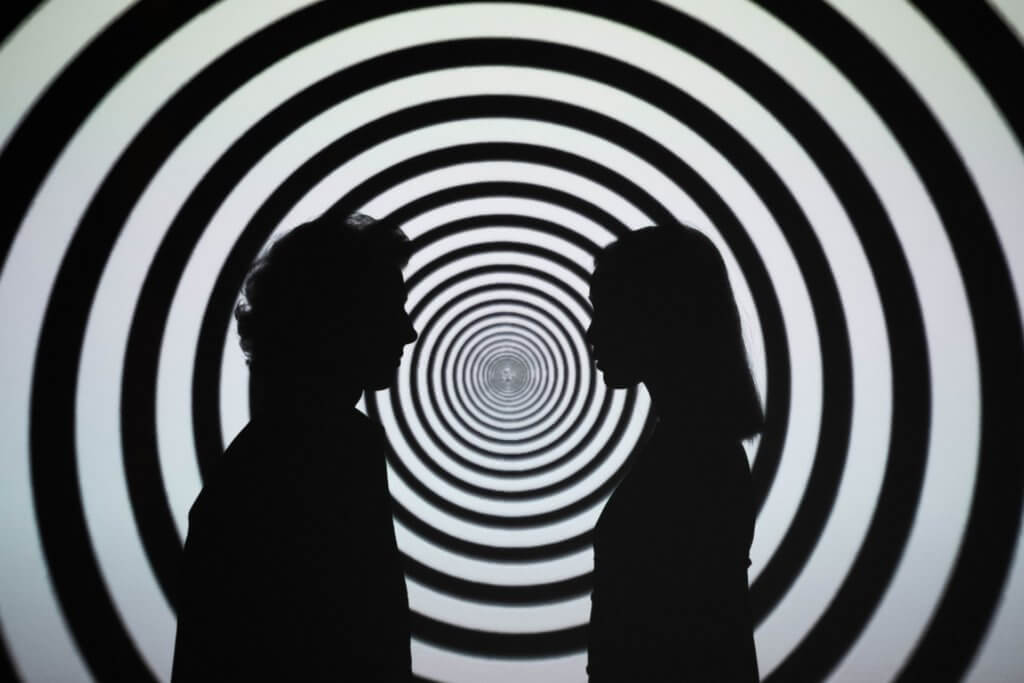
Young man during hypnosis session in psychologist's office (© Pixel-Shot - stock.adobe.com)
BINGHAMTON, N.Y. — Hypnosis, which immediately leads people to think about swinging pocket watches and mysterious commands, is the subject of many myths thanks to pop culture and even some healthcare professionals. So, are they really true? It turns out many are just fiction. Researchers at Binghamton University in New York set out to dispel these misconceptions and shed light on the real medical potential of hypnosis.
“Hypnotists don't have ‘special powers' that allow them to hypnotize anyone,” according to Binghamton University psychologist Steven Jay Lynn in a media release.
Lynn and his colleagues meticulously addressed a range of errors and beliefs linked to hypnosis. They revealed six of the most commonly misunderstood aspects of hypnosis:
1. Resistance to Suggestions: Contrary to popular belief, individuals under hypnosis do not become mindless puppets, obediently following every command. People can resist and even oppose hypnotic suggestions, challenging the notion that hypnosis equals control. The experience during hypnosis depends on the individual's intentions and expectations.
2. The Elusive “Special State”: Hypnosis is often depicted as a mysterious “special state” of conscious unconsciousness. However, people can respond to hypnotic suggestions while being fully aware and alert, even engaging in activities like riding an exercise bicycle. Hypnosis is more accurately described as a set of procedures using verbal suggestions to modulate awareness, perception, and cognition, without invoking any fantastical “special state.”
3. Hypnotizability Isn't Black and White: People's responsiveness to hypnosis isn't a straightforward binary of being hypnotizable or not. It's a spectrum, and individuals vary in their responsiveness to different suggestions. Most people fall somewhere on this spectrum and can benefit from therapeutic suggestions.

4. Genuine Responses — Not Just Compliance: The authenticity of hypnotic responses often comes into question. Neuroimaging studies, however, show that hypnotic suggestions activate brain regions consistent with the suggested events, providing tangible evidence that these effects align with actual experiences.
5. Dispelling the Mesmerist Myth: Hypnosis isn't the realm of mysterious magicians with supernatural powers. Administering hypnotic techniques doesn't require any extraordinary skills. In reality, it involves establishing rapport and basic social interactions, something well within the capabilities of professionals trained in hypnosis.
6. Memories, Myths, and Age Regression: The notion of age regression in hypnosis being a time-traveling memory retrieval tool is debunked. TV shows and movies may depict individuals recalling distant past lives with astonishing accuracy, but research shows that such recollections are usually factually incorrect. Memories tend to align with participants' expectancies, fantasies, and beliefs, rather than accurate historical recall.
Through their comprehensive study, Lynn and his colleagues aim to reshape the narrative around hypnosis, highlighting its therapeutic potential and dispelling the fictional notions that have clouded its understanding for far too long.
The study is published in the journal BJPsych Advances.











The act of praying is a form of self hypnosis that can modify the body's responses to stimuli and create more conscious awareness of the outside world with regards to the prayer's desires.